Breathtaking Photos Of Traditional Eagle Hunting In Mongolia
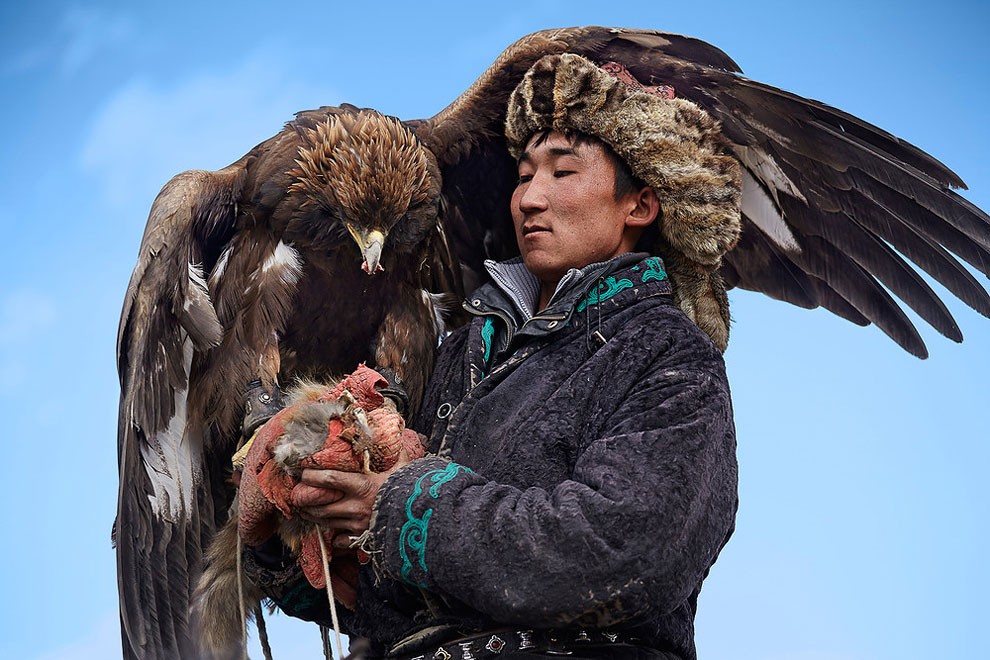
In one of the planet’s most desolate and harsh terrains, the Altai Mountains which run from Siberia in Russia down to Mongolia’s Gobi Desert, hunting with eagles is currently only practiced by a handful of Kyrgyz and Kazakhs (previously). This form of falconry, the practice of hunting with the aid of birds of prey, can be traced back as far as 4,000 years in Central Asia. Since 2014, after leaving a senior corporate job and wanting to document remote cultures around the world, photographer Tariq Zaidi has been photographing the Kazakh eagle hunters. For Kazakhs living in western Mongolia, hunting with eagles is a proud art, and one of the highest expressions of their cultural heritage. Today, the art is slowly dying out, as there are only about 70 traditional eagle hunters left in the world. For these remaining few, it is not simply an important tradition or an extraordinary sport; it is their reason to live. Here: after a successful hunt, a proud hunter rewards his eagle by feeding it the lungs of the prey, which is considered the most highly prized part of the animal. (Photo by Tariq Zaidi/The Washington Post)
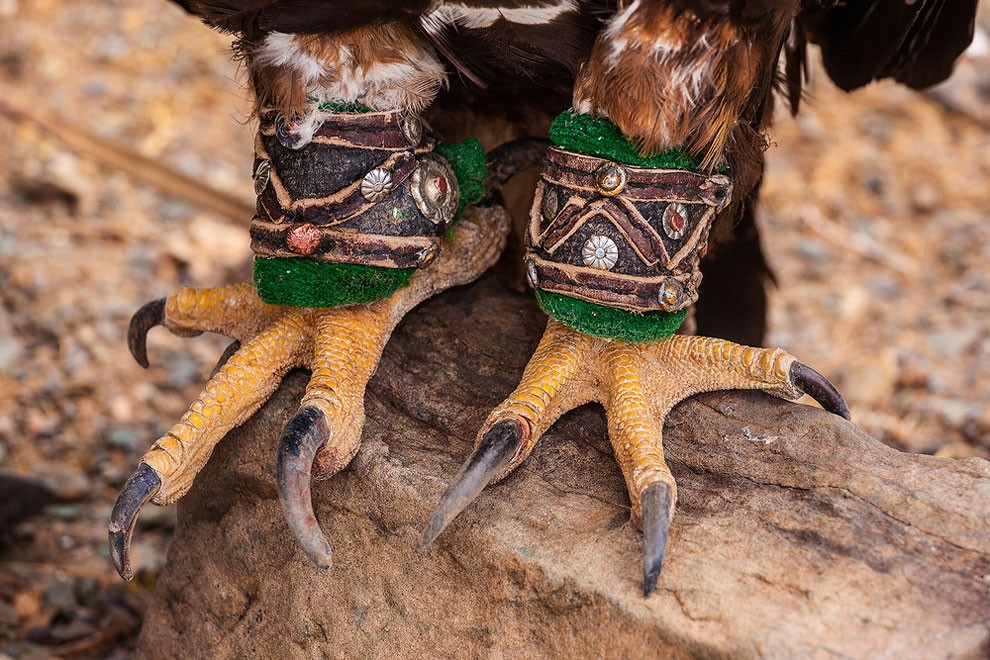
An eagle’s legs are decorated with elaborate handcrafted ornaments. (Photo by Tariq Zaidi/The Washington Post)
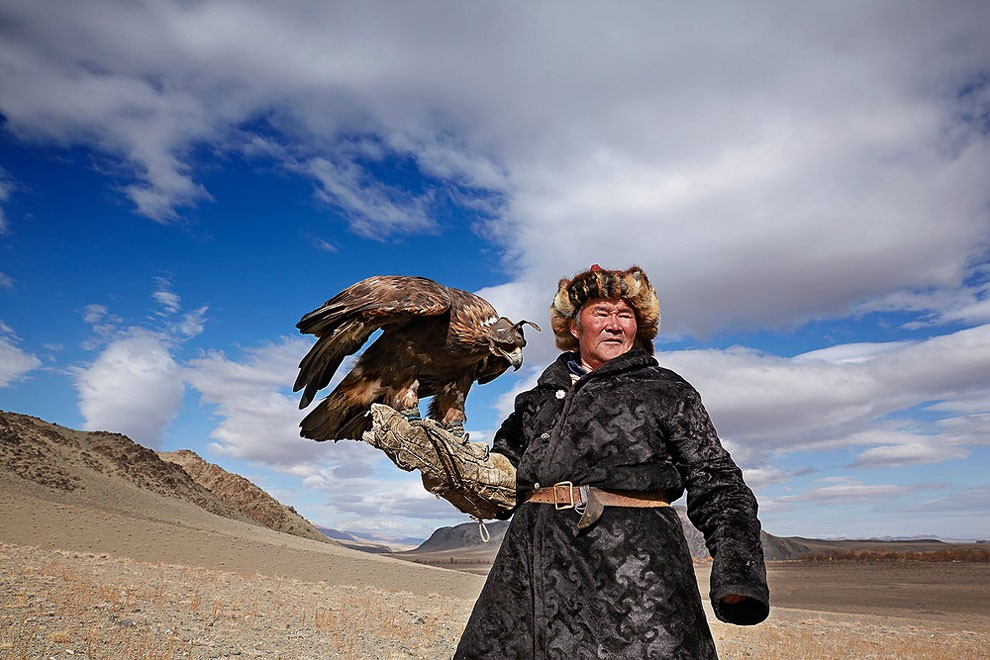
The hunters must forge an intimate relationship with their birds. Eagles are captured as chicks from their nest in the wild. The training process, which takes three or four years has to be done by just one person in order to develop the necessary bond between master and eagle. (Photo by Tariq Zaidi/The Washington Post)

The Kazakh community in North Western Mongolia have managed to preserve their traditions as a result of their physical isolation. (Photo by Tariq Zaidi/The Washington Post)
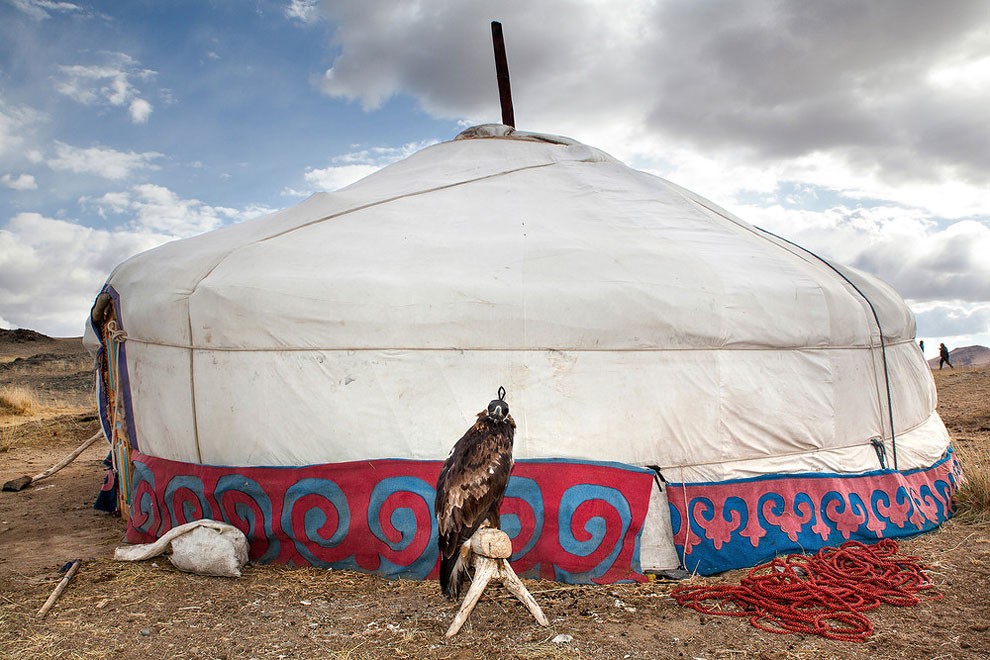
With eagles having a life expectancy of up to 40 years, they essentially become a member of the family. (Photo by Tariq Zaidi/The Washington Post)
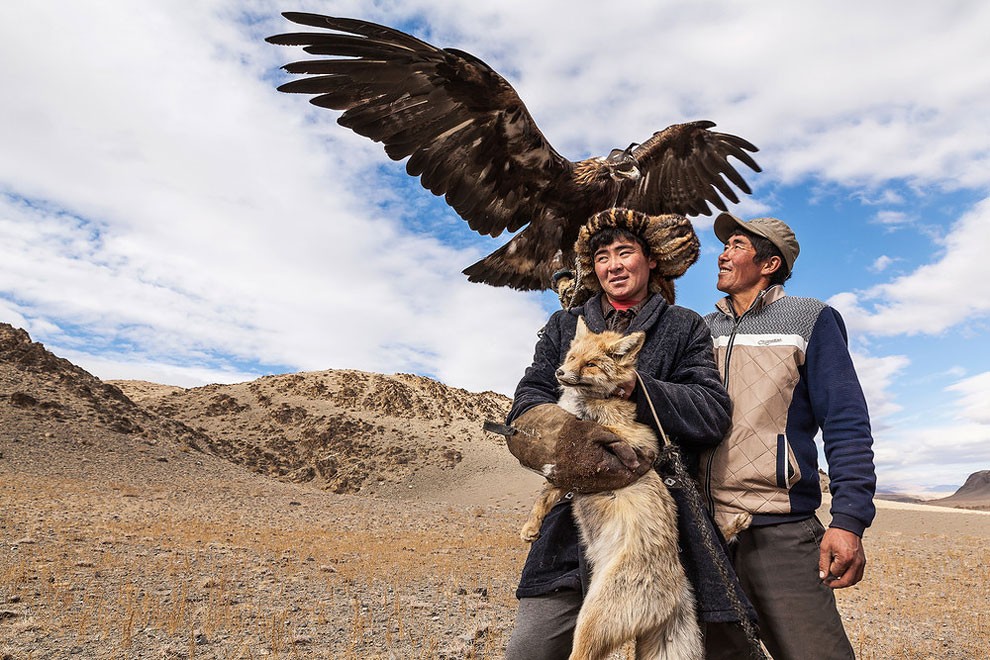
They believe that “if the eagle doesn’t manage to hunt, it will die”. (Photo by Tariq Zaidi/The Washington Post)
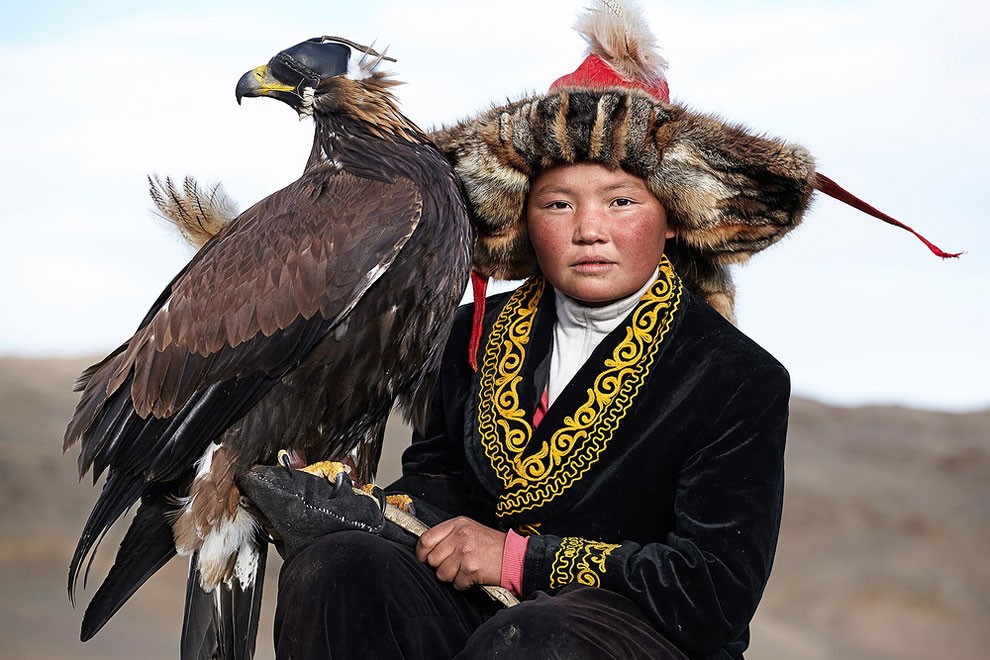
Asholpan is the 13-year-old daughter of a legendary Kazakh eagle hunter. Asholpan may well be the only female eagle hunter in the world among the 70 that remain. (Photo by Tariq Zaidi/The Washington Post)

The delicate art of training an eagle is handed down from generation to generation. The eagle cannot be controlled; instead a bond is nurtured with its master and it is taught how to hunt effectively. (Photo by Tariq Zaidi/The Washington Post)
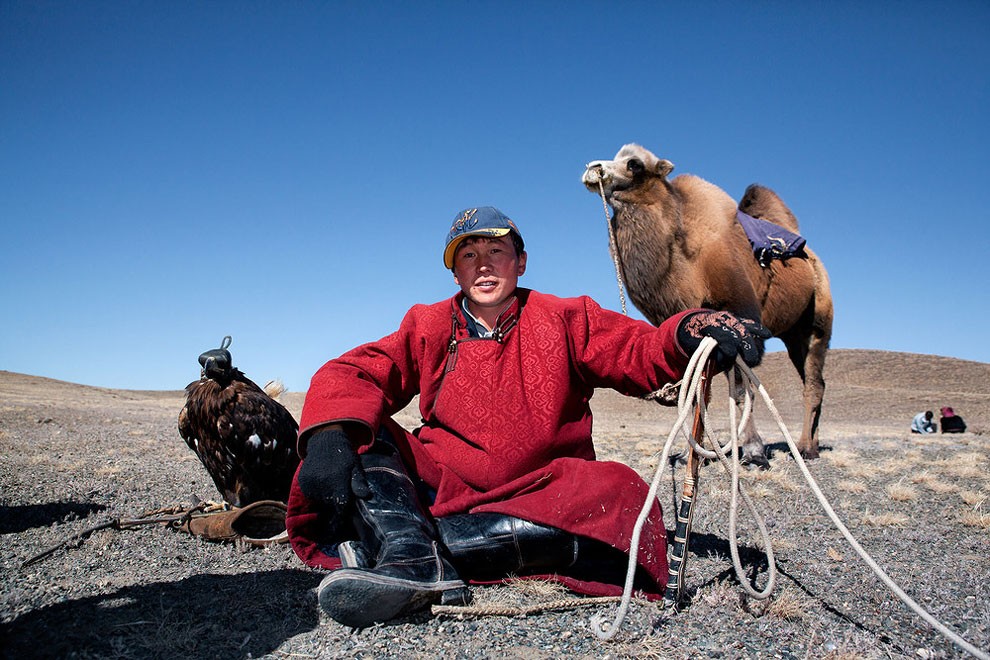
When travelling on long journeys, eagle hunters take extra horses and camels for support. (Photo by Tariq Zaidi/The Washington Post)

When a hunter brings back a fox, the whole community celebrates. The fox fur is worn as a trophy by the hunters and their families. It also helps keep them warm in sub-zero temperatures. (Photo by Tariq Zaidi/The Washington Post)
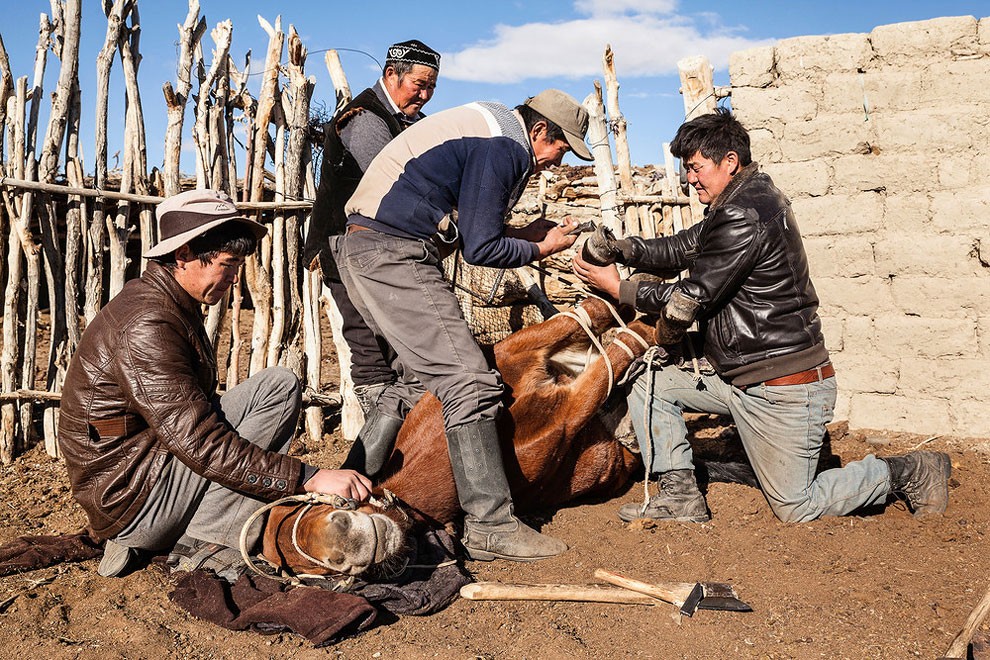
Horsemanship is an integral part of life and a skill that every eagle hunter has mastered. Eagle hunters always hunt on horses, as this is often the only way to access the hunting ground. (Photo by Tariq Zaidi/The Washington Post)
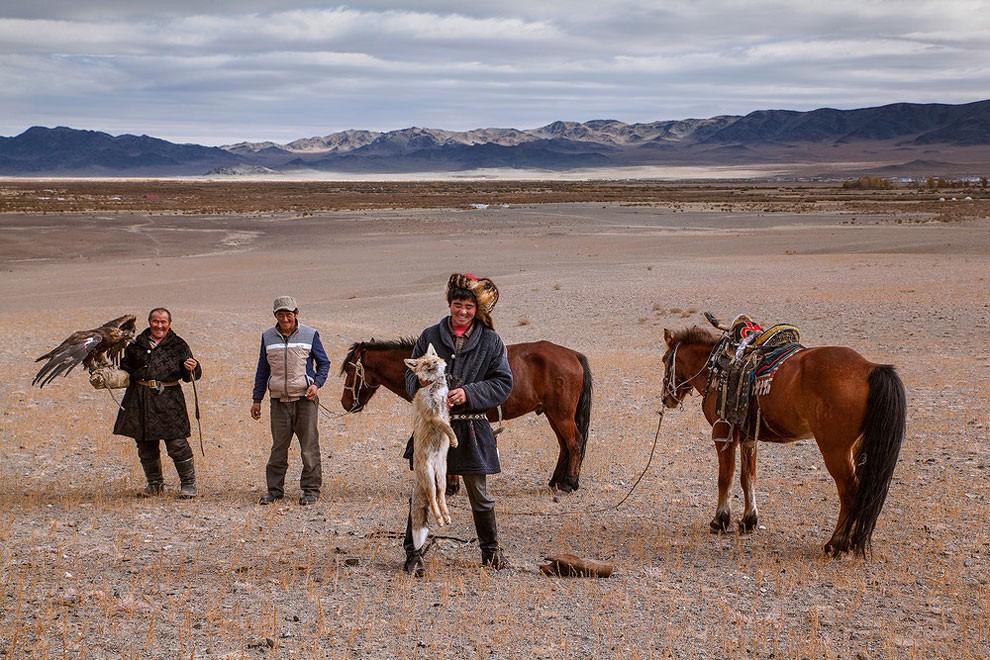
The birds hunt mostly foxes and other small animals, even though they are capable of killing young wolves. (Photo by Tariq Zaidi/The Washington Post)
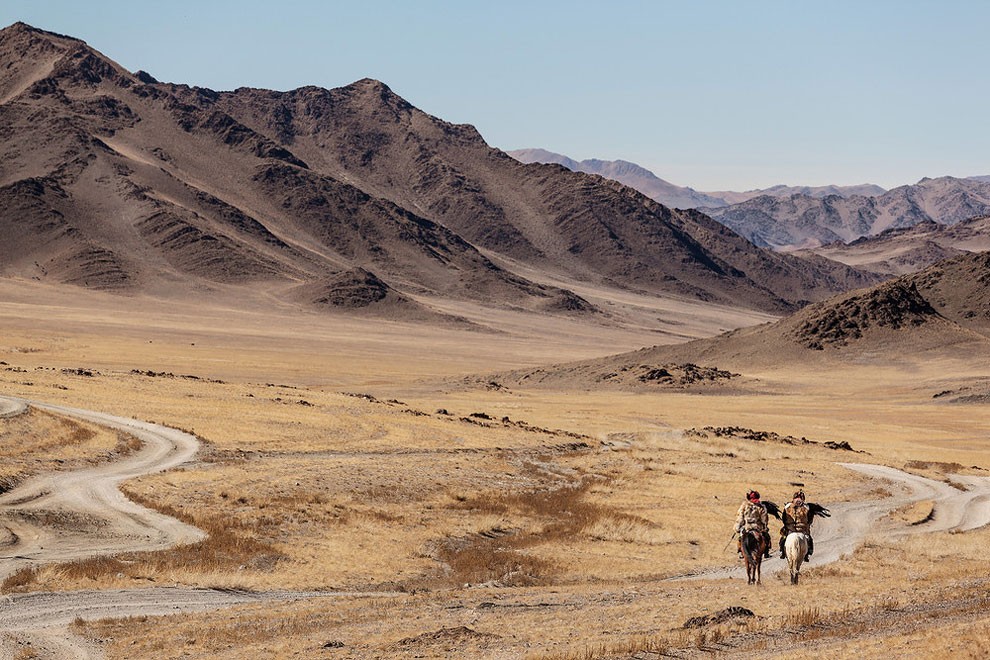
The wilderness of the mountains and the bitter cold winds of the valley are the natural environment for the eagle hunters. (Photo by Tariq Zaidi/The Washington Post)